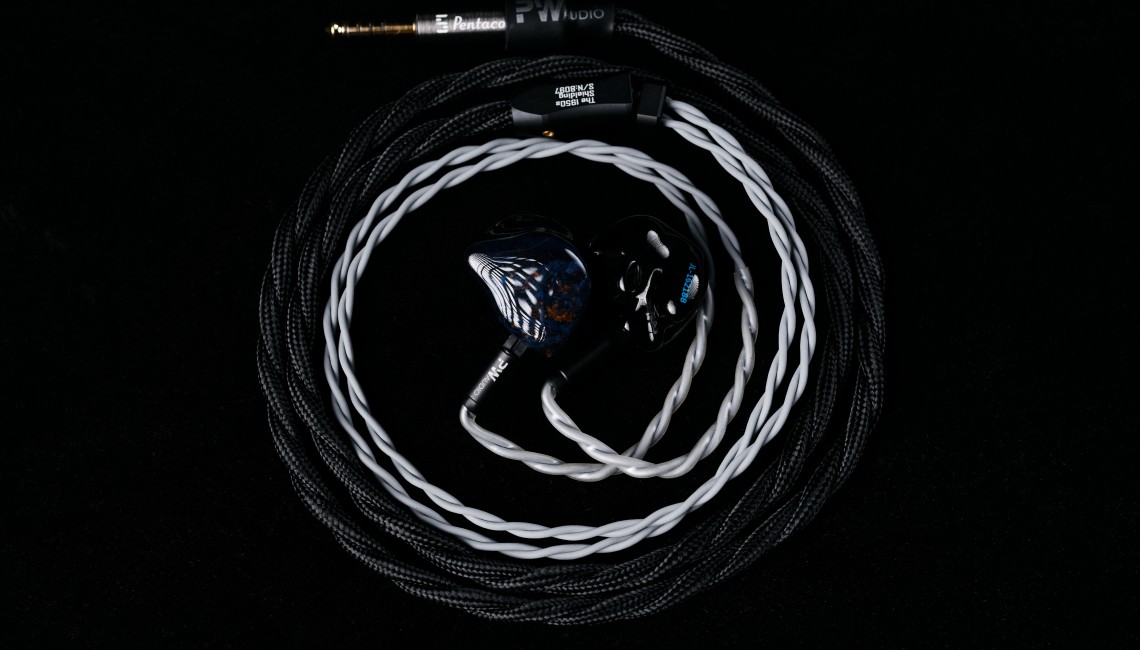
The 50s Shielding is an uncolored monster. Unbridled resolution, top tier dynamics, wide stage but also intimate when called for, all with a crystal clear presentation that leaves nothing unheard or unfelt. It could even be described as surgical, so clean and clear. It is very linear, without a single shred of FR out of place or peaks in any way. The balance is incredible, and one of its defining features for me. Having owned the Orpheus, it’s hard to compete with that in terms of a copper sound. I’m not here to say that the 50S bests the Orphy, it doesn’t. The Orphy is an absolute beast as mentioned earlier, with the widest stage I’ve ever heard and so much micro detail and texture, all in a natural and sublimely musical analog presentation. Vocals and instruments are ridiculously awesome sounding on it, that mid forwardness and thick note vibe is intoxicating. It’s simply staggering. But, if I had one complaint/criticism for the Orphy it would be that it’s a bit imposing. No matter IEM I used it with, it would also sound like Orphy. It is also quite smooth and slower paced, with a strong emphasis on mid bass and rolled off highs, which sometimes left me wanting a bit more extension on both ends. The 50S has about 95% of the Orphy’s abilities, but it removes those somewhat imposing qualities and exchanges them for an ultra clear and uncolored tonality in exchange. Gone is the mid forwardness and mid bass bump, instead you have godly resolution without the imposition. Now, some may certainly prefer the colored tonality, and there is absolutely nothing wrong with the extra musicality the Orphy brings, I love it dearly myself. But I do find myself really enjoying the 50S especially for that reason. It’s different but also lust-worthy. Some albums that could be a bit too mid focused, too much mid bass, or the highs too tamed down for me with the Orphy, the 50S brings all that back while keeping the magic there. The FTS, OTL and Brise 8W certainly have their advantages and uniqueness here too - but we’ll get into that later on. Let me just say it clearly here, the 50s is technically one of the most impressive cables I’ve heard to date, but the magic is the balance.
The 50S has amazing bass. I remember how great the bass was on the OG 1950s. Powerful and punchy, reaching low and with great authority. It was fairly neutral, but with a fantastic tonality. The Shielding version is just better. Reaches deeper, more punch and speed too. Texture is fabulous, rich and rumbly, never bleeding in the mids. The control is one aspect I find most improved with the added shielding, the bass gets so much more taught and moving, like someone added a ton of headroom with a powerful amp, there is just a feeling of tightness and punch that never feels wooly or thumpy. When the track calls for massive bass it will knock your head off, but it also gets out of the way completely if the track doesn’t feature a heavy low end. I hear it very linearly, all the way to the deepest rumble, there is no emphasis in any particular part of the bass, which makes for a really enjoyable low end in my opinion. Vintage bass, ultra modern throbbing synth lines, thunderous bass kicks, they all sound epic and controlled. Keep in mind that the 50S is uncolored or boosted here, which means it will be present the bass the way your source and IEMs do. So if you have a bass shy IEM, or a boosted mega canon, they will stay that way, just tighter, more controlled and punchy, reaching deeper, really textured and wondrous. I have never tried an IEM with the 50S whose bass didn’t improve dramatically. If you’re a real bass head in terms of quantity this might not be your cable, but in terms of quality this is one of the best I’ve heard.
I did some bass tests just for fun and I was very impressed with the 50S’ abilities in keeping with the original track mix. I use jazz records from Pat Metheny, Avishai Cohen, Joshua Redman ,GoGo Penguin, Robert Glasper and John Coltrane along with some more modern stuff like Snarky Puppy, Moonchild, Hiatus Kayote and Talking Heads. Then some heavy stuff like Tool, Meshuggah and Gojira. Finally some bass heavy mixes like D’Angelo, Emancipator, FKJ, Asgeir, Bonobo, and even Billie Eilish just to show the deepest range. (I do love electronic music, I just don’t have a huge library of truly bass intensive music so I cannot comment on that aspect fully) I was astonished to hear how well the 50S handled them all. James Garrison’s upright bass was clear with plenty of growl, Micheal League’s ’62 P-Bass was punchy with just a touch of that early Fender woofy magic. Avishai Cohen has a ton of finger noise is his tone, it was so percussive and snappy, I felt like he was siting right in front of me. I could even feel the low end from his upright shaking my feet, wild stuff. All the heavy music never got muddy and stayed tight, I could even clearly discern what kind of bass amp they were using, instead of just a boomy thump. D’Angelo and Moonchild was sub-bass heaven, and even with Billie Eilish torture tracks, those deep and dirty mixes slammed my head off without breaking up. I was especially impressed with how it was able to handle Asgeir’s Bury The Moon album, delicate acoustic instruments and reverb drenched falsetto, with that dirty electronic bass and crackling production down below never sounding murky or closed in. The Orphy made this album almost unlistenable for me, it was just a wild mess of lower mids and midbass in a sea of overlapping boosted frequencies. The 50S showed off the intricate subtleties better and got out of the way more. I have never heard a cable sound so wildly chameleon, its ability to adapt is incredible.
Coming from my guitarist and studio recording background the buck starts and stops with the midrange. Mid are where it’s at for me. It’s also where most “real” instruments live, and where vocals and harmonies flow. That isn’t to say that other frequencies are less important, but for me mids have to be correctly presented or I lose interest. The 50S mids are sparklingly clear and open, incredibly detailed and resolving while always sounding natural. I hear no embellishment or frequency peaks of any kind, just pure unadulterated midrange that is simply fabulous. There is just so much detail it’s wild, but keeping that copper natural sound. If you’re not used to it, it can be a bit intense at the beginning. Remember that surgical comment from earlier? The mids is where you hear it most, but fear not, it’s not sharp or harsh in any way, just really really resolving. Transients are tight but never aggressive or overly ambitious, keeping the music fast paced when it calls for it, relaxed when the tunes get more mellow, and everything in between. Again that Chameleon thing, if it’s intense music then it will be really intense, but it can also be relaxed and enjoyable for hours and hours with zero fatigue. From the plucks of a distorted Pink Floyd guitar string, or the wispy lip smacking of Norah Jones, the screaming organ of Jethro Tull, or the sinfully percussive attack of Coltrane’s horn, everything is clear, clear, clear. There is equal weight to the lower and higher mids, so drums thwack and thump, snares don’t sound thinned out or given more attack via some EQ weirdness. I can hear the drumhead attack so clearly, along with the decay and bloom like I’m right there next to it. Guitars are epic. Put on Tool’s Vicarious and be treated to some of the best guitar and drum mixes you’ll ever hear. Huge and stunning, but clean, clear and precise too. Instruments sound real and lively. Vocals are sublime and neither too wet and gooey, nor too cold or lacking in emotion. Male and Female vocals sound correctly weighted, and never too thick or thinned out for airyness’ sake. It does equally well with something tender and light handed too - Joni Mitchell, Steel Dan or Fleetwood Mac sound straight off the mixing console. Listening to Yo-Yo Ma’s Bach cello suites was a life altering experience, I could hear his breathing and the scratching of the bow against the strings as clear as day.
For vocals testing I used some of my favorite artists such as Jacob Collier, Jordan Rakei, RY-X, Kandace Springs, Lianne La Havas and Gregory Porter. From the deepest Porter baritone to Collier’s falsetto nothing was out of place, nothing too thin or too thick, they all simply sounded deeply moving and effortlessly clear. Kandace Springs has a huge range, and I was very happy to hear that her voice was splendidly portrayed throughout. She can rumble the floor or test your tweeters for peak range, she’s amazing. Lianne was epically gorgeous, every inflection and wisper was so present, so clear and articulated - never once did I hear harshness or peakiness which the Jewel can sometimes have for female voices. This is an incredibly musical midrange, but undeniably clean and clear. With the Jewel, whose mids are more forward and super resolving to begin with, I find this type of presentation lustful and reference at the same time.
I’m a big heavy music fan, and when I get in the mood I want it to blow my hair back. Speaking about muddiness, I love chugging heavy guitars, and this can be a torture test for lower mids (and the rest of the mids too). One test I always do is with the newest Meshuggah album, man is it heavy…. damn. The guitars are tuned super low and unbelievably thick sounding, and I gauge how good the separation is, and whether or not things gets broken up, lost in the mix or turning too analytical or crispy. The Orphy has great spread and the mid resolution is unmatched, but it’s quite thick note-weight wise, and on the slower side. It also has that mid bass bump, and I sometimes felt that made for a bit of muddiness and lack of energy. FTS is a tad soft as well, but with a touch of upper mid/treble energy that can make for fatigue on heavy mixes. The Brise 8W is fast and articulate with thicker note weight, but also features a bit of upper mid energy around 2Khz that I know some really enjoy, but it was a bit too much with the Jewel’s extra presence there. The OTL is nice and tight in the low mids, but it has thinner leaner upper mids, plus that extra upper treble emphasis makes heavy music too bright for me, too crispy. The 50S absolutely SMASHES with heavy music. Meshuggah never sounded so clear - their deepest darkest insanity is portrayed in stunning clarity, never breaking up or getting lost. It’s super fast and articulate, crazy detailed with fast and clean transients. It has perfect note weight, with great layering and an even top end that never overemphasizes the splashy-trashy-grittyness that is metal. Love it - highest recommendation for heavyness.
Like the rest of the spectrum, the 50S remains clean and clear up to the top end as well. There is plenty of air, shimmer and sparkle when called for, but there is NO EXTRA anything if it’s not there to begin with. Like most copper cables, especially Cardas, there is a slight roll off on the uppermost frequencies, but it doesn’t feel constricted or missing airiness. It is well extended and natural, smooth and well defined. That top notch resolution continues in the high end, sparkle and crashes are super clean and controlled but light on their feet at the same time. I will be the first to admit that I have a sensitivity in the treble region, and too much spice or sparkle can make me uncomfortable. I have worked on this, and my limit has been raised, but I am always cautious of ultra energetic treble sounds. With the 50S there is a sense of pleasantness and freedom in the high end, without lacking an ounce of energy and clarity, the high end is super comfortable for me. I would highly recommend this cable for anyone that has a treble sensitivity, but I must stress that it’s not missing any sparkle, it’s just presented in a very relaxed and open way.
What I really love about the 50S is how linear it is in terms of note weight. Usually a cable has a big low end, fast and thicker low mids, slightly leaner upper mids and the high end tapers off into a whisper. I find this kind of distracting as instruments with higher pitch have less body. This is not the way we hear it live, a cymbal smash can have lot of weight, guitar solos at the high end shouldn’t trail off into space completely. The 50S keeps that even note weight all the way to the top. Even with the highest notes, I never get the ethereal otherworldly quality. With EST treble there can be that lovely sensation of soft touch in the highest ranges, notes flicker and shimmer, floating in space. The 50S keeps that, but there isn’t the artificial tapering off like some cables do in favor of extra air. While the OTL has a fantastic high end, there is a treble emphasis there, adding in some golden sparkle. It’s something that I did truly enjoy during my time reviewing it. This isn’t a negative per se, only that I found it to be somewhat fatiguing after some time with the brighter material, and I prefer a more neutral presentation of my high end. Some might call the OTL bright, I would just say treble focused, and it did indeed capture my attention a bit too often for my tastes.
I have a test track for treble, it’s from Jacob Collier’s Djesse 2 album, called “Feel”. It starts off with this kick drum hit that decays into space, and floating above there is this flickering, shimmering, sparkling noise going on up top. I hear this very differently depending on which cable and source I am testing. I find it a very honest test of “airiness”. The Orphy removes almost all of it, while OTL makes it very apparent. FTS and Brise I hear it very nicely, with just a touch more emphasis, but very clear and airy. The 50S has all the same details but it sounds more in the background and not as forward, relaxed but resolving. Choose what you prefer here, treble is quite a personal preference thing. I tend to err on the side of cation to avoid any fatigue or harshness. For treble heads, and those that like a lot of treble emphasis and extra sparkle this might not be the best choice. I would instead go for the OTL, it has probably the best treble of any cable I have heard. The 50S just doesn’t shine a light there as much as others do, the treble is fantastic quality though, just not featured.
Stage size is a bit of a loaded term, and can be quite dependent on a person’s feelings about what space really is. Some cables push super wide and stretch the imagination of how big a mix can be. Others are more spherical and round, expanding up and down just as much as wide and deep. The widest stage I have heard is the Orpheus, northing quite compares to how big and spacious it is, especially in the midrange. Guitars sound like they are panned extra far out, giving your music this sense of grandiosity and epic-ness I have yet to hear in other cables. The 50S has a large stage, but it keeps the instruments a bit closer and more intimate and instead stretches the reverb and tiny details further out of your head, which is a bit more like how one would hear things live. Vocals are placed right above your head in the center, guitars and drums fill out the space around you like you’re sitting inside the band rather than a few seats back. I hear all kinds of reverb, space, decay and fine details stretching waaay out in space allowing the instruments to occupy the center, and all that space wraps around your head. This is especially evident using the Jewel, which has a large spherical stage already, which is further amplified to great effect. If memory serves me correctly, when I owned the Traillii the stage with the 50S was amazing, keeping the wide space it’s know for, but confining the instruments more to the center giving the sound great weight and midrange focus, but never giving up one iota of air and width. It was quite intoxicating, and I actually preferred the 50S over the stock Traillii cable, or really anything except for the Orpheus. The 50S stage is big, airy, open and grand, but never too stretched out. Instruments have great placement and layering, I never have difficulty picking out anything minute details even in some crazy crowded music.
--------------- Click here for detailed post ---------------

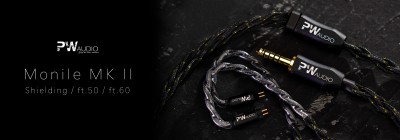
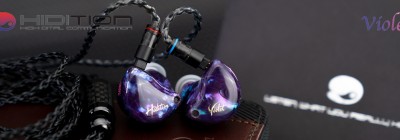
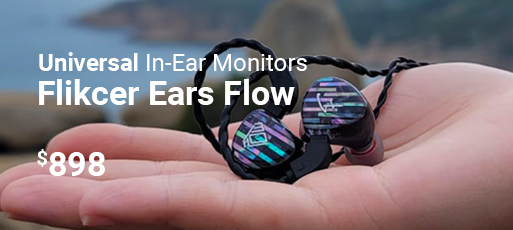
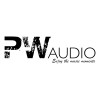

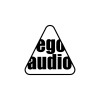
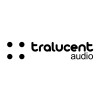

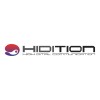
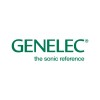
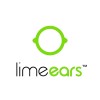
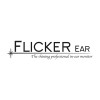
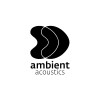

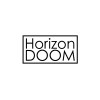
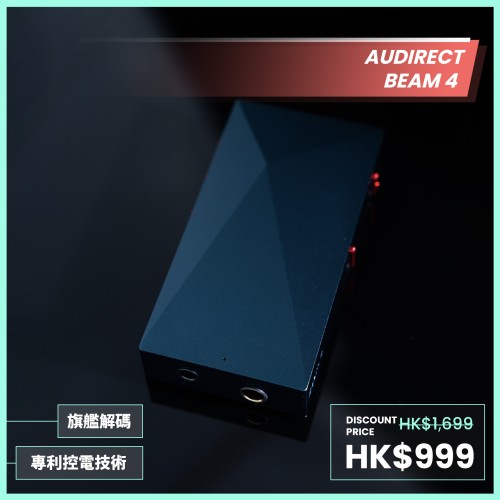
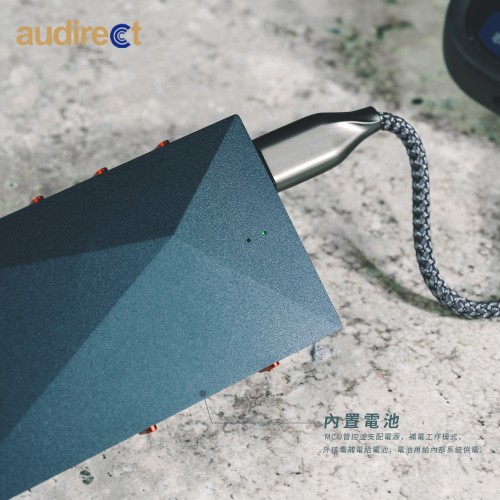

-500x500w.jpeg)
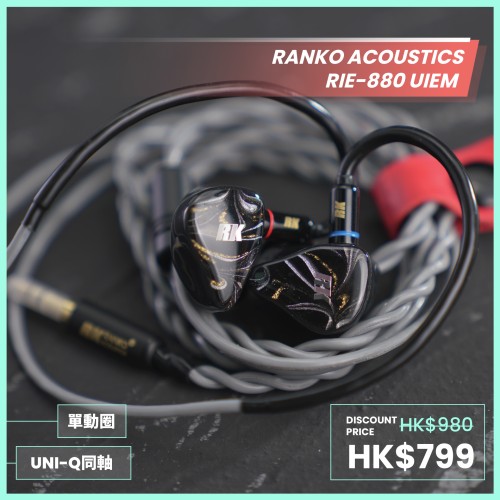

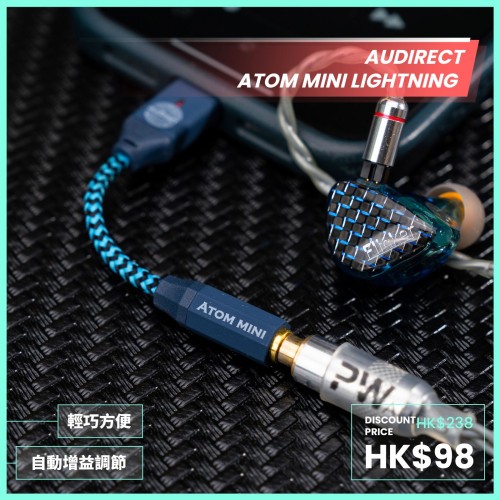
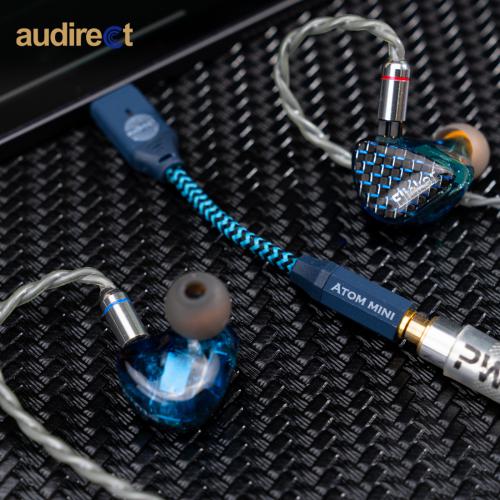
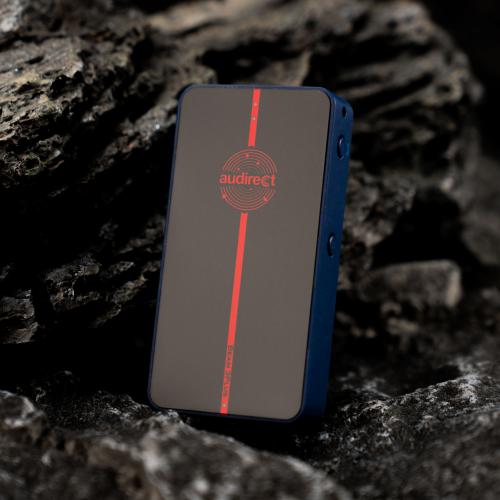
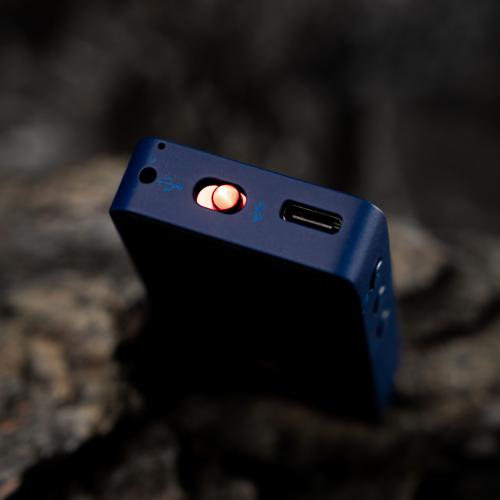
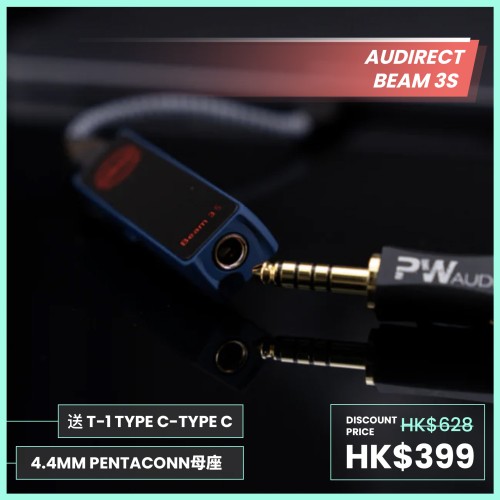
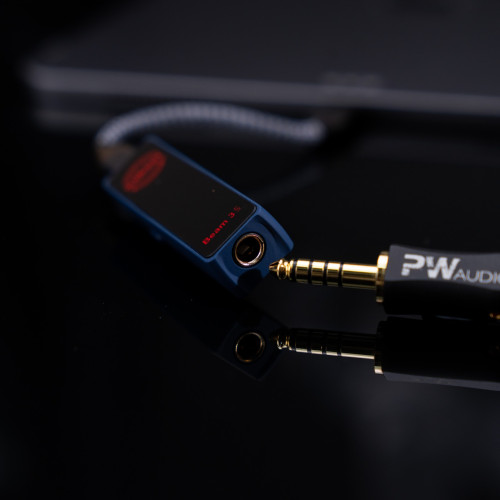
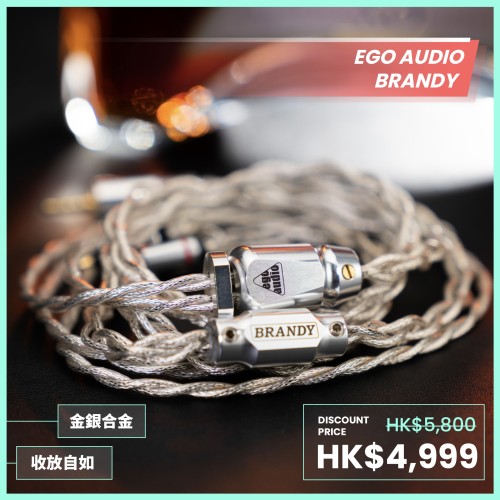

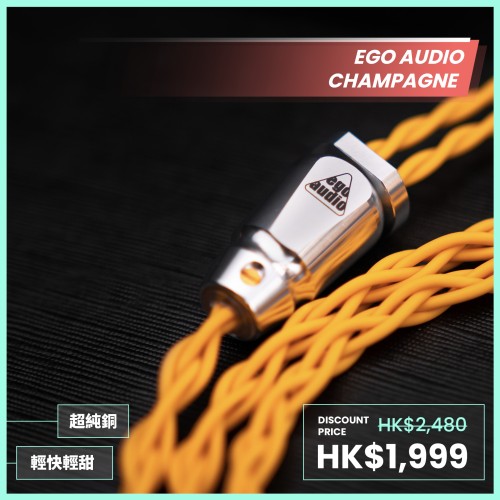

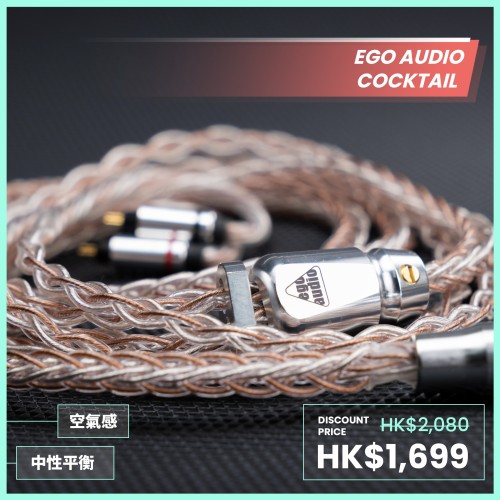

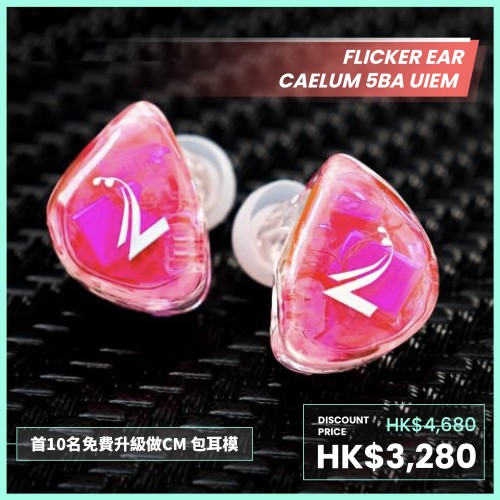

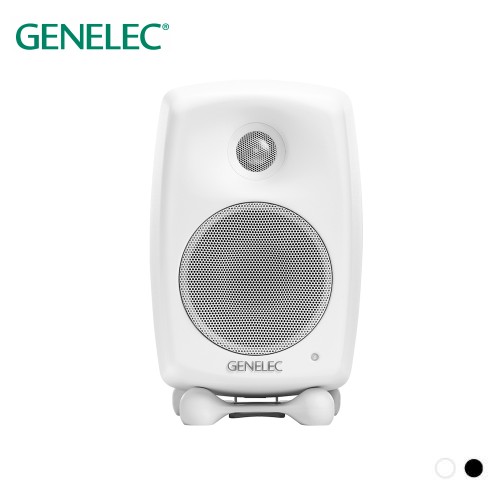
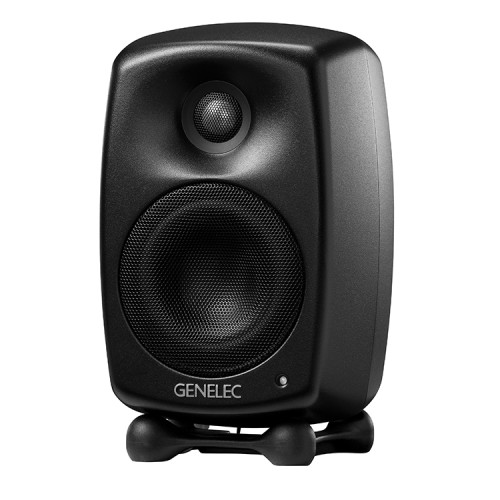
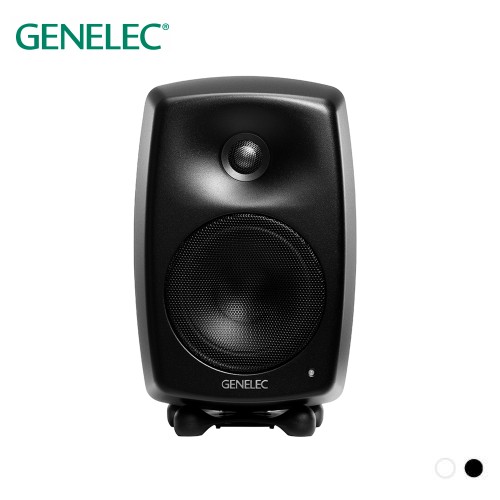
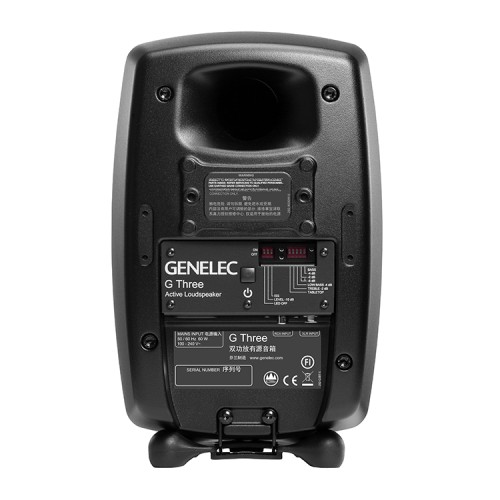
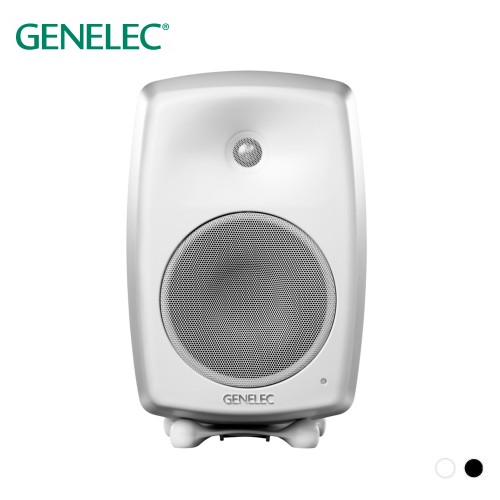
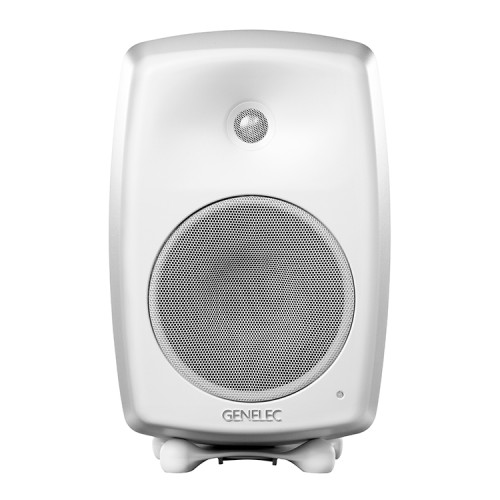
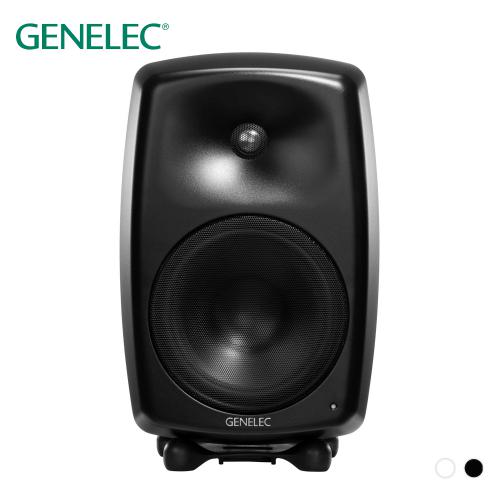
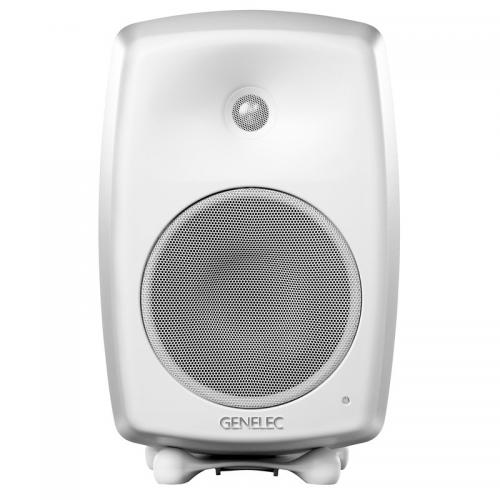
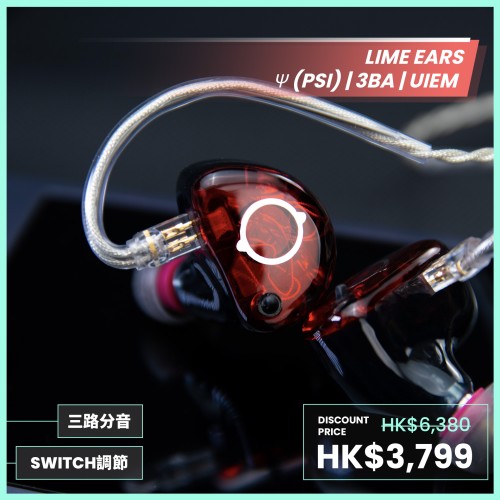
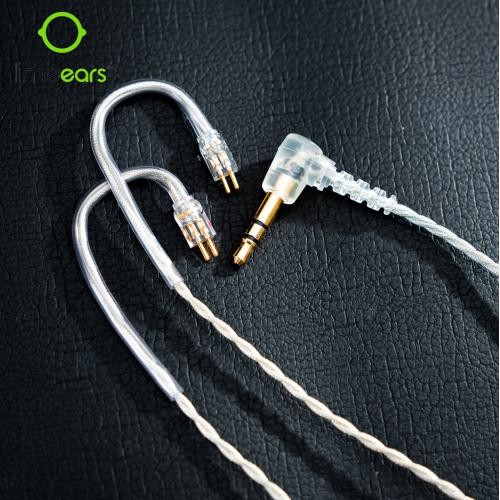

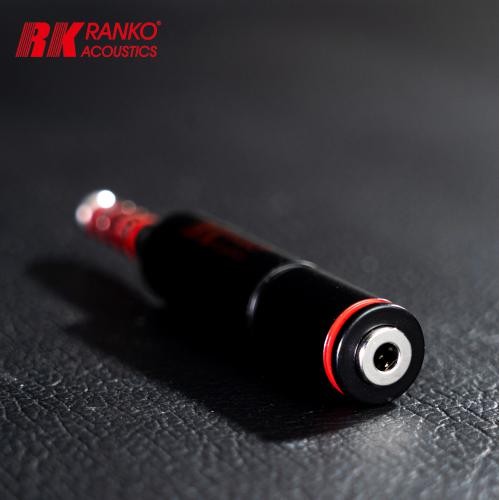
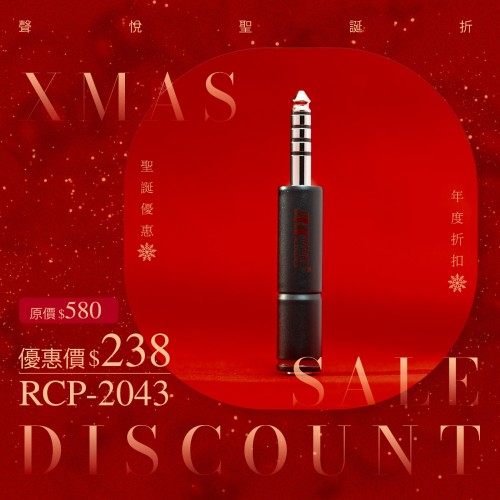
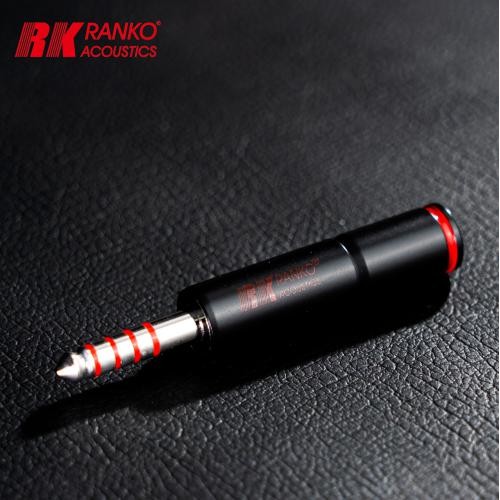
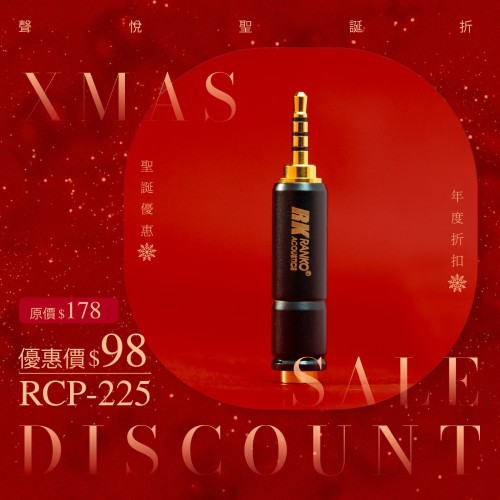
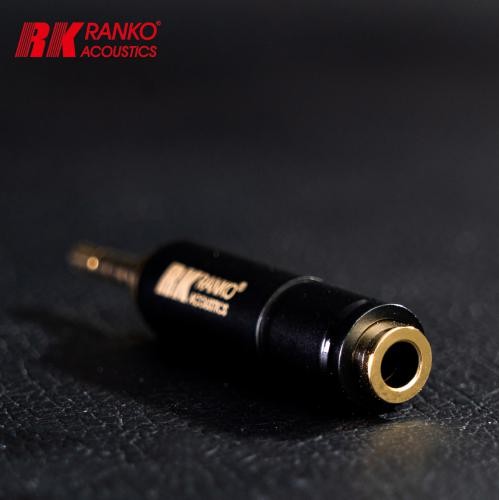
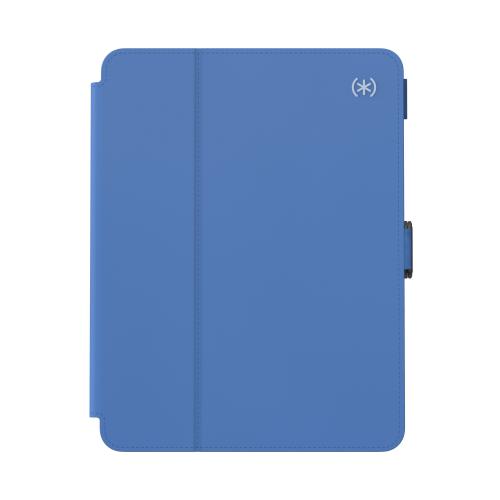
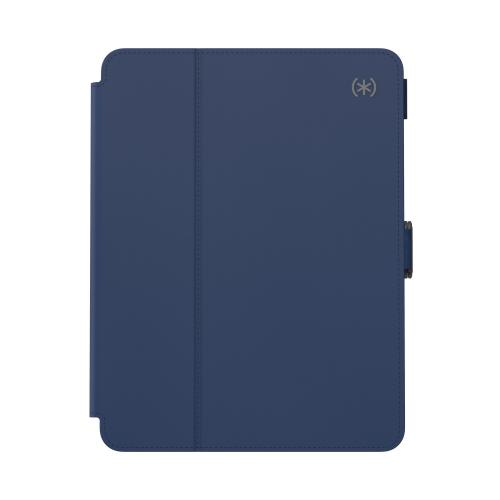


Leave a Comment